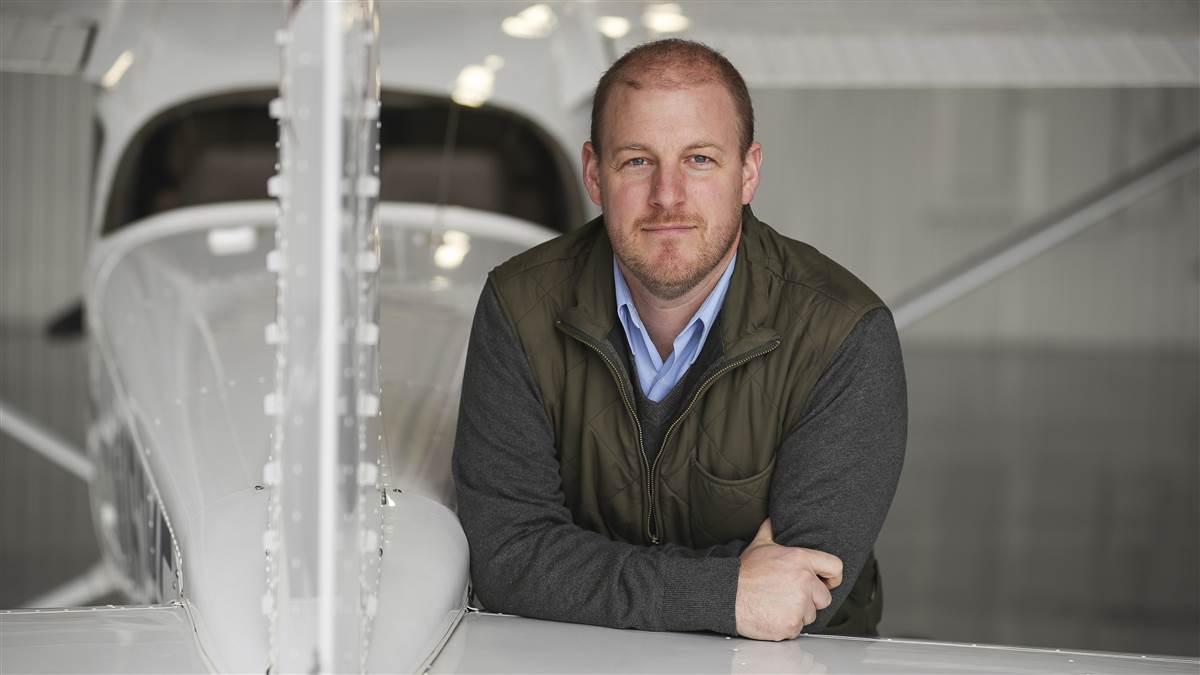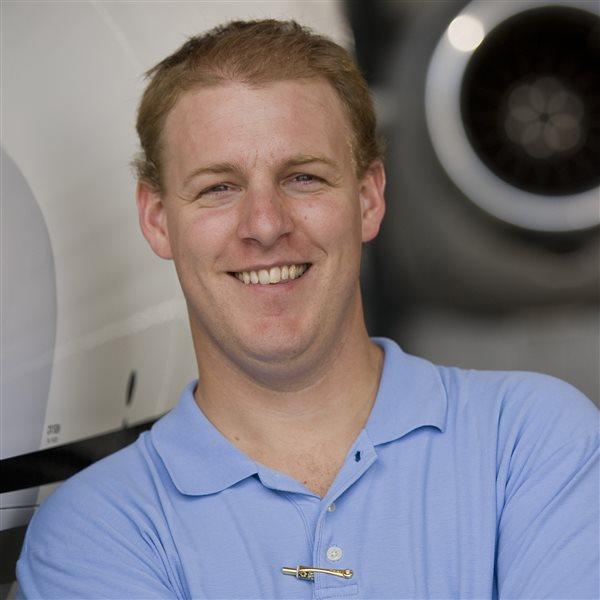Right Seat
Mistakes were made

[email protected]
My transgression occurred a few weeks ago during an early morning flight in the local area. The situation never became unsafe, but my lack of in-depth knowledge of what I thought was an esoteric regulation, and misreading of local airspace, became an inconvenience and a potential personal liability. I departed soon before sunrise, with sporadic ground fog in the surrounding valleys. It was a beautiful flight as the sun rose low over a blanket of fog. Because the atmosphere is so stable, flights on days like this are perfectly smooth and as close as you can come to feeling like you’re floating up there on your own. It’s a just reward for waking up so early.
I was reminded about fog’s tricky nature when tuning in the automatic weather information broadcast from the now-open control tower on the way back to the airport. Visibility was less than a quarter of a mile with an indefinite ceiling. Under certain conditions fog will worsen right after sunrise, doing the opposite of what you think would happen. No problem, I thought. It’s a Class D airport, the visibility on top was great, and I had plenty of fuel. This is exactly the situation special VFR was created for. Or at least that’s what I reasoned.
The pilot must make the request to operate below basic VFR minimums, visibility must be a mile, and you must be able to remain clear of clouds. Request made. “Negative,” the controller said. “Visibility is reporting less than a quarter of a mile.” OK, I’ll request an overflight, see that the runway is clear, and request another approach. “Remain clear of Class D,” was the response.
This is exactly what special VFR was created for. Or at least that’s what I reasoned.After circling for a minute thinking about options, I decided to drop in to a private airstrip to the south. There was no fog, it was a safe landing, and I thought it was a happy conclusion to being locked out of my house.
Later the tower supervisor tracked me down. A quick glance at the chart showed the strip was inside the Class D, although just barely. By dropping in I had inadvertently violated the airspace. The supervisor was nice as can be; I thanked him for the chat and promptly filed a NASA Aviation Safety Reporting System form.
So what happened? Obviously I thought the special VFR requests were reasonable and appropriate given the good visibility out of the fog. The tower disagreed. My assumption was based on special VFR being subject to flight visibility. A great frustration with the regulations is that different measures come into play for different regulations. There are three types of night in the FAA’s eyes, for example. Even visibility, which seems to be a basic concept, has different applications. Sometimes visibility means flight visibility, or how far a pilot can see from his current vantage point. And sometimes it’s reported ground visibility, what the official airport source says it is. Given that instrument approaches are based on flight visibility, I reasoned that special VFR must be as well.
Yes, and no. Flight visibility applies for operations in the airspace under special VFR, and ground visibility is what matters for takeoff and landing. So I should have been allowed in the airspace but wouldn’t have been allowed to land, regardless. And the private airport flub? Although I had made contact with the controllers—which would usually suffice to enter the Class D—I didn’t have permission to enter the airspace and land because they had specifically requested that I stay clear. The moral of the story there is to carry a chart, even if you’re flying locally.
I’m happy to say I’ve learned some valuable lessons from the flight, and even though I won’t be winning Pilot Trivia Night anytime soon, I do have a new scenario with which to torture students.



